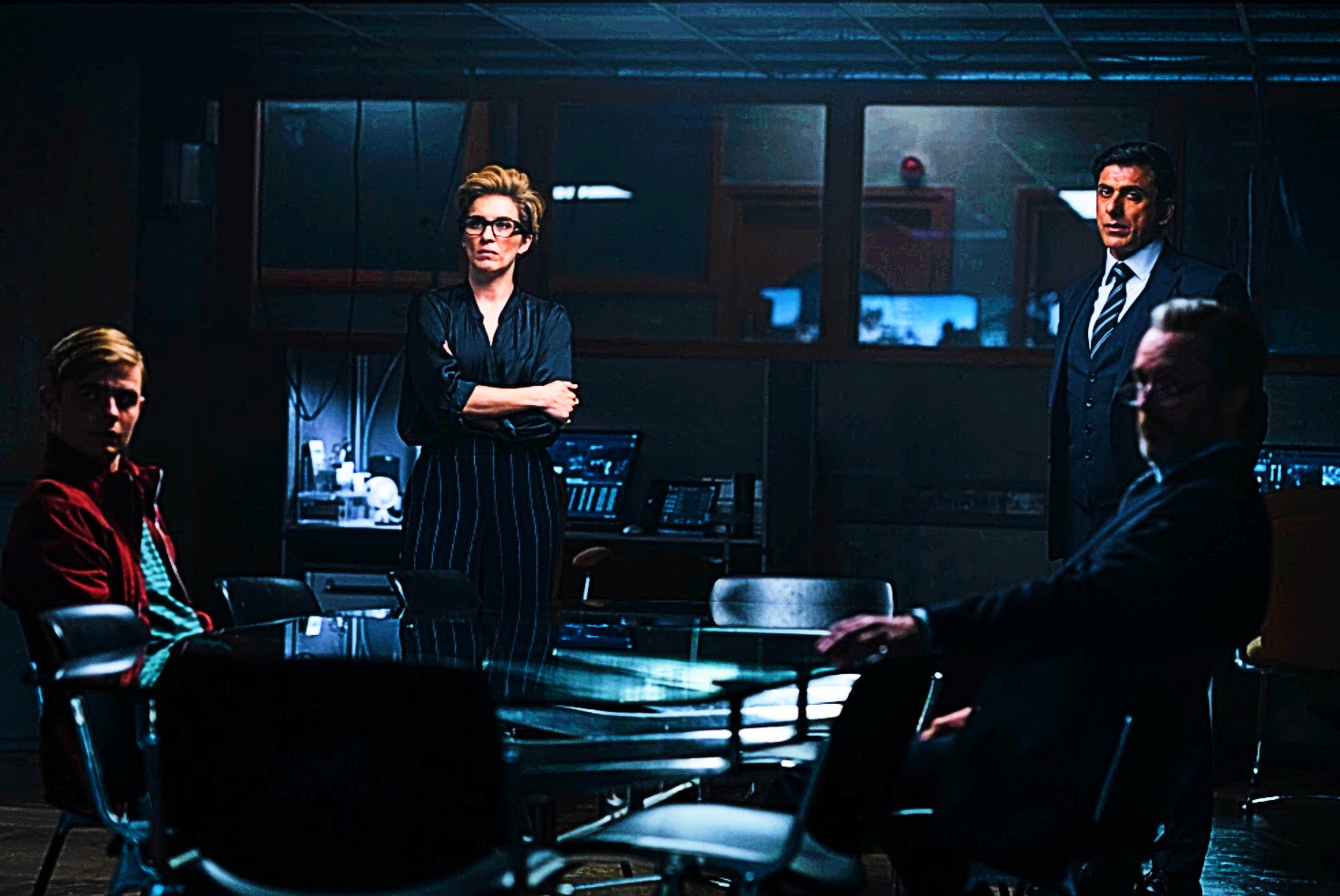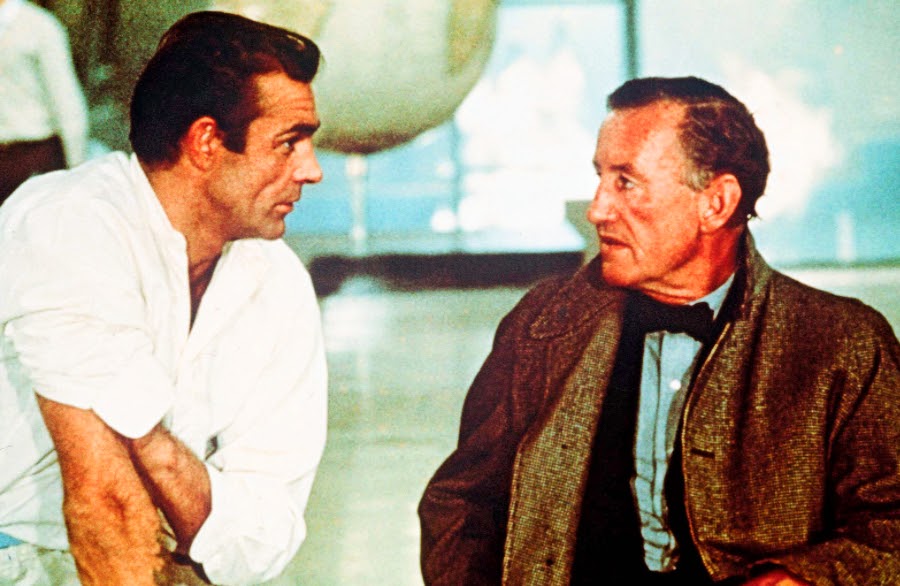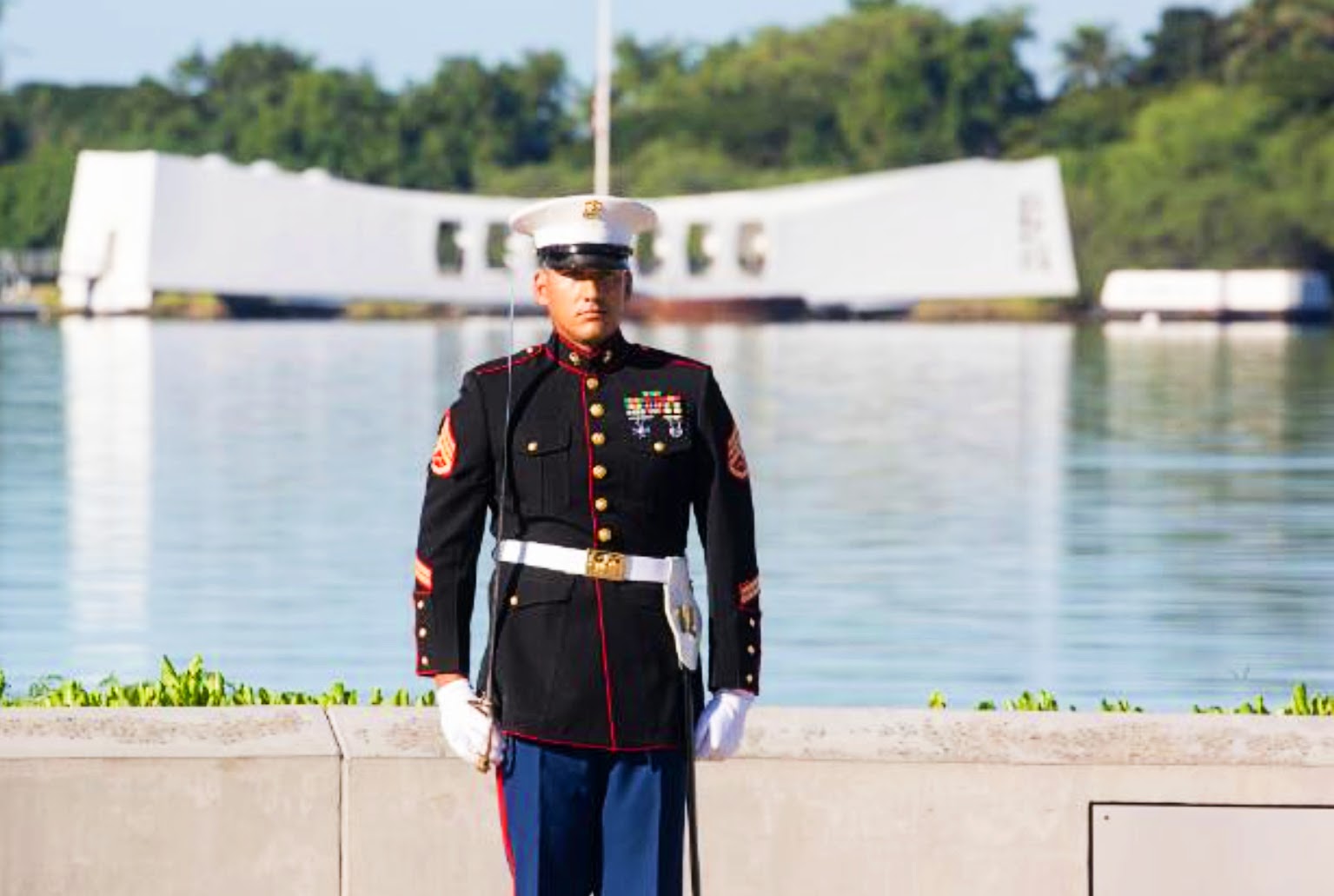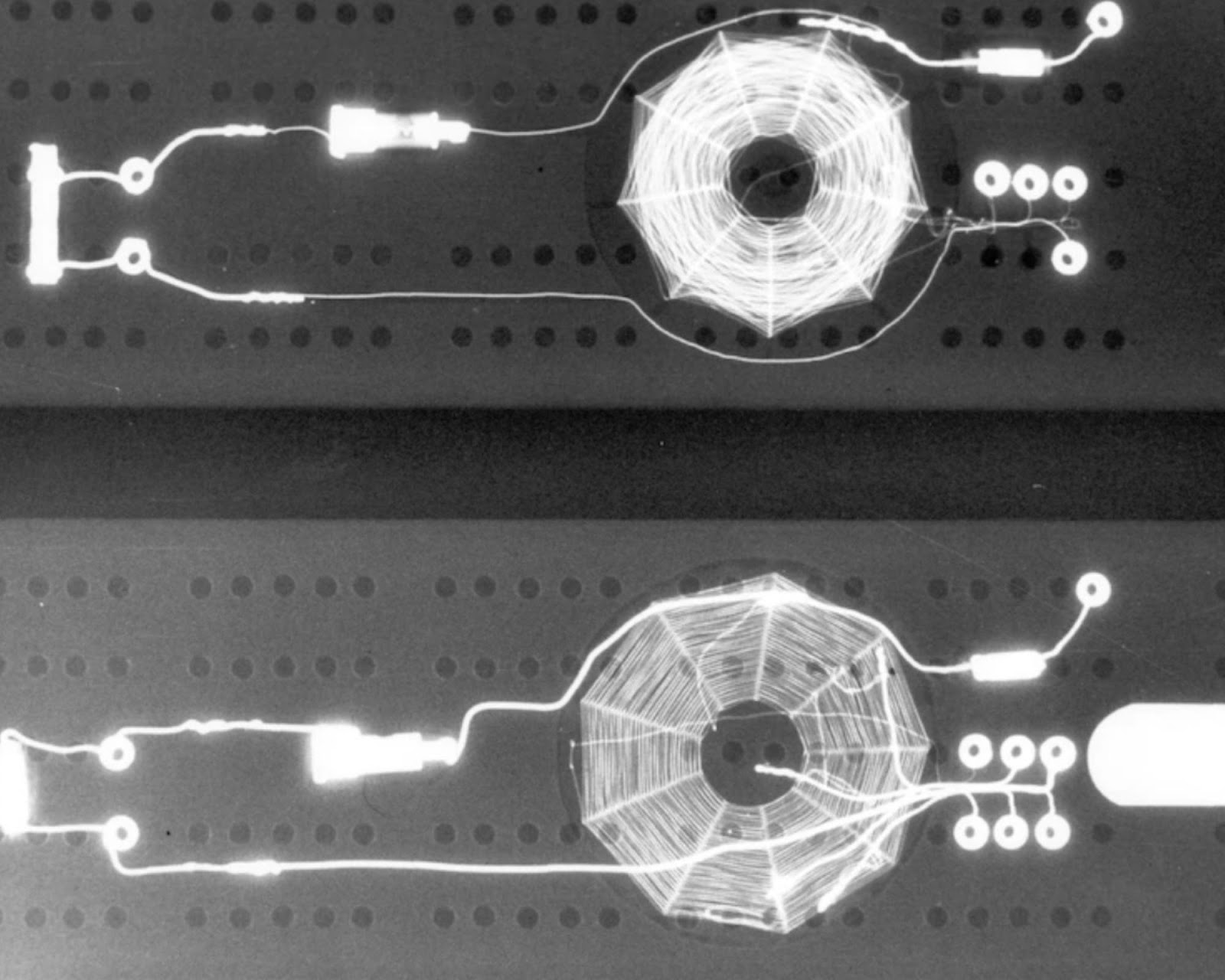Spy Games: The Inside Story of Britain’s MI9 and Ultra-Secret Room 900
MI9’s Q-Branch inspired Ian Fleming’s Bond gadget-master Q and America’s first Q.
A sinister British spy unit known as the Department of Special Operations infuses the Alex Rider spy series with an electric undercurrent. The division operates in the gray zone of deniability, using a teenaged 'asset' to do their dirty work.
Sometimes you need to break the law to uphold it. At least, that’s what the Department’s officers would argue.
But what about in real life? Do ultra-secret, British spy agencies-within-agencies actually exist? Yes, in fact, they do, and the UK’s SOE, MI9, and Room 900 are at the heart of a tangled tale that stretches from London to Washington, D.C., and the rice paddies of China.

"The brand new social experience where you activate your gaming skills as you train like a spy."
- TimeOut
Take on thrilling, high-energy espionage challenges across different game zones.

Unorthodox warfare
British PM Winston Churchill ordered his civilian spy agency, the Special Operations Executive (SOE), to “set Europe ablaze” during World War II by blowing up train tracks and bridges behind enemy lines. Brave volunteers like American-born Virginia Hall also stirred up guerrilla warfare in Nazi-occupied France on behalf of Special Operations, nicknamed 'Britain’s Ministry of Ungentlemanly Warfare'.
It is perhaps unsurprising then, that Britain’s PM also wholeheartedly endorsed MI9 (aka Military Intelligence, Section 9), another startup spy agency created in 1939 by the chiefs of MI5, MI6, and the Naval Intelligence Division to help British prisoners of war (POWs) escape from Nazi Germany and evade capture.
MI9 oversaw Q-Branch, the gadget masters who utilized chess boards, concealing hacksaws, pencils, and miniature compasses to help British POWS escape from Nazi camps. Q-Branch was also the inspiration for Ian Fleming’s Bond character Q, designer of exploding pens and 007’s Aston Martin’s DB5 ejector seat.

Spy Gadgets & Geniuses
Christopher 'Clutty' Hutton was one of MI9’s top gadget-makers, an eccentric genius with a disdain for rules. “He cannot be expected to comply with ordinary service discipline,” Brigadier Norman Crockatt told colleagues, according to Foot & Langley’s MI9.
Hutton did whatever it took to secure wire cutters, spades, knives, flashlights, and cameras during wartime - even if that meant seizing military tools and asking permission later.
MI9 also sent “care packages” to POWs that contained hollowed-out shaving brushes and board games loaded with radio components that could be assembled to hear coded BBC radio programs.

BBC radio codes
Radio Padre’s Forces was one of the more popular BBC programs. If The Very Reverend Dr. R. Selby began his broadcast with “Good Evening Forces,” prisoners knew they should write down coded messages in shorthand for decryption later.
But how, exactly, did Britain’s POWs know this? MI9 also ran training schools, particularly for Royal Air Force pilots who would be difficult to replace if captured.
Intelligence School 9 (IS9) taught practical skills like deciphering messages and escape-mindedness psychology. “If you are determined to do so, your chances of escape are greatly increased,” Michael Bentine, the British comedian and RAF pilot, wrote in his memoir The Reluctant Jester.
In the complex, shadowy world of top-secret operations, it’s difficult to know the relationship between IS9 and Room 900, although the names are sometimes used interchangeably. IS9 is believed to have been started by MI6 but expanded into a joint operation as its importance grew.

The Spies in Room 900
Ultra-secret Room 900 was MI9’s nerve center, the unit that ran the so-called 'ratlines', the escape routes for fleeing POWs. They also paid ratline operatives from farmers to mountain guides and sailors to help smuggle allied soldiers out of enemy territory.
Room 900’s job also included interrogation, gathering intelligence on foreign agents, and running counter-espionage operations on par with MI6, author Helen Fry writes in MI9. Many of the 35,000 allied military personnel who escaped POW camps or evaded capture are believed to have been assisted by MI9.
007 creator Ian Fleming, then the personal assistant to the director of Naval Intelligence, recruited the Navy spies assigned to MI9, so he had a privileged view of the inner workings of MI9 and Room 900.
Kim Philby, the British traitor who later defected to the Soviet Union, also worked in Room 900 which was staffed with the best and brightest officers from MI9, MI6, MI5, Bletchley Park’s codebreakers, and Fleming’s Naval Intelligence spies.

America’s Q
At the time of the Pearl Harbor bombing on December 7, 1941, MI9’s operations were in full swing and Britain was sharing Room 900’s ultra-secret information with American intelligence. Within months, Captain (later Colonel) Robley E. Winfrey, a former Ohio University civil engineer, was en route to the UK to train with Q-Branch.
Winfrey, essentially America’s first Q, oversaw escape-and-evasion care packages assembled for US POWs at Fort Hunt, Virginia, about a 10-minute drive from the Pentagon and known only by its code name PO Box 1142. While Winfrey’s team loaded miniature saws into baseballs and slipped maps into decks of playing cards, WWII soldier Edmund Carpenter was training on James Bond-esque gadgets at PO Box 1142.
“We learned a lot about [shirt] buttons that, in fact, could be used as compasses,” Carpenter recalled. He was also instructed on how to assemble radio parts hidden in baseballs, cribbage boards, and tobacco pipes.

AGAS, China
In April 1942, the Americans retaliated with the Doolittle Raid on Japan, attacking four cities.
US Lt. Co. Al R. Wichtrich was tasked with establishing an MI9/MIS-X copycat operation in Kunming, China on the southern border near Burma. But how?
“As I looked at the countryside surrounding Kunming, I felt like I’d been transported back to the 14th century,” Wichtrich recalled in MIS-X Top Secret. “The women I saw were all working in the rice paddies. The rice was being harvested by hand, using flails, and the grains were milled by a huge round stone pulled around by a water buffalo.”
Nevertheless, Wichtrich applied his 20th-century American 'can do' attitude to set up ratlines and communication channels for US soldiers shot down over China. His payroll included pirates, mercenaries, and chieftains.
By the end of WWII, Wichtrich had established 39 sub-headquarters stretching from Saigon to the Gobi Desert. His team rescued 900 downed US airmen and negotiated the release of US POWs held in China, Indochina, and Formosa (now Taiwan) for which Wichtrich was awarded the Legion of Merit.
Like MI9 and MIS-X Fort Hunt, he too resorted to unconventional tactics to get the job done, but as Wichtrich said in his memoir: “Mission accomplished, Sir!”
SPYSCAPE+

Join now to get True Spies episodes early and ad-free every week, plus subscriber-only Debriefs and Q&As to bring you closer to your favorite spies and stories from the show. You’ll also get our exclusive series The Razumov Files and The Great James Bond Car Robbery!


Gadgets & Gifts
Explore a world of secrets together. Navigate through interactive exhibits and missions to discover your spy roles.
Your Spy Skills
We all have valuable spy skills - your mission is to discover yours. See if you have what it takes to be a secret agent, with our authentic spy skills evaluation* developed by a former Head of Training at British Intelligence. It's FREE so share & compare with friends now!
* Find more information about the scientific methods behind the evaluation here.


Stay Connected
Follow us for the latest
TIKTOK
INSTAGRAM
X
FACEBOOK
YOUTUBE